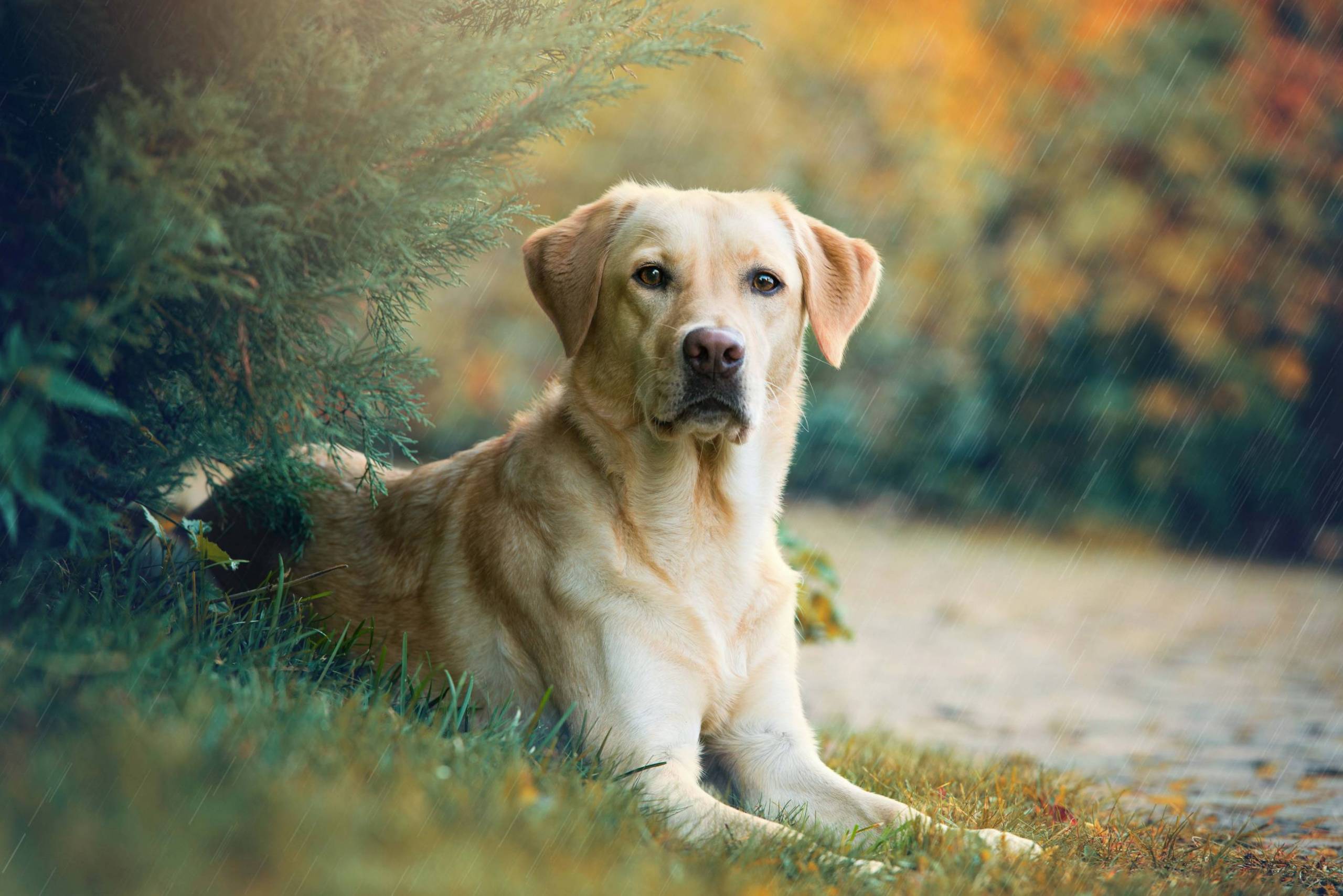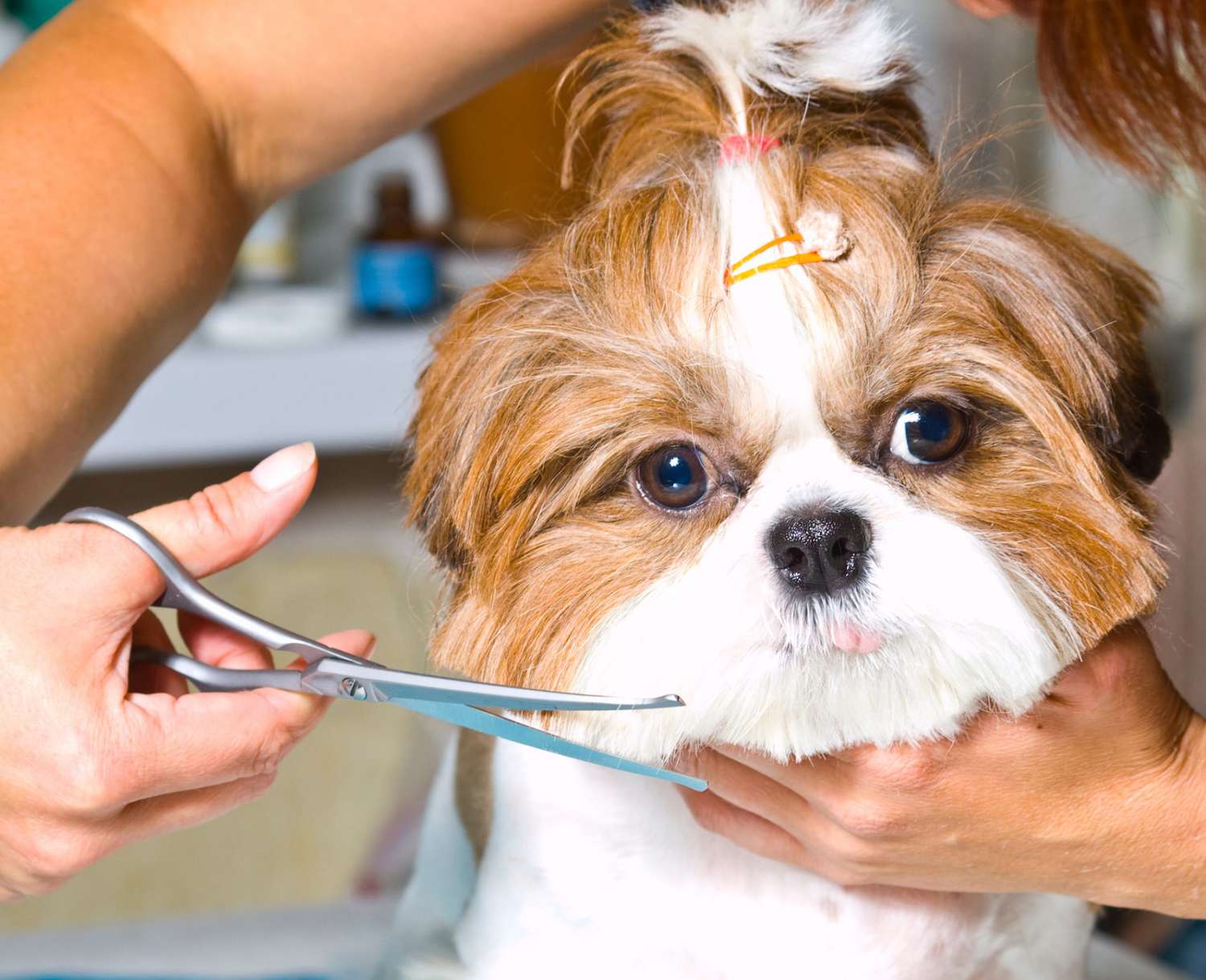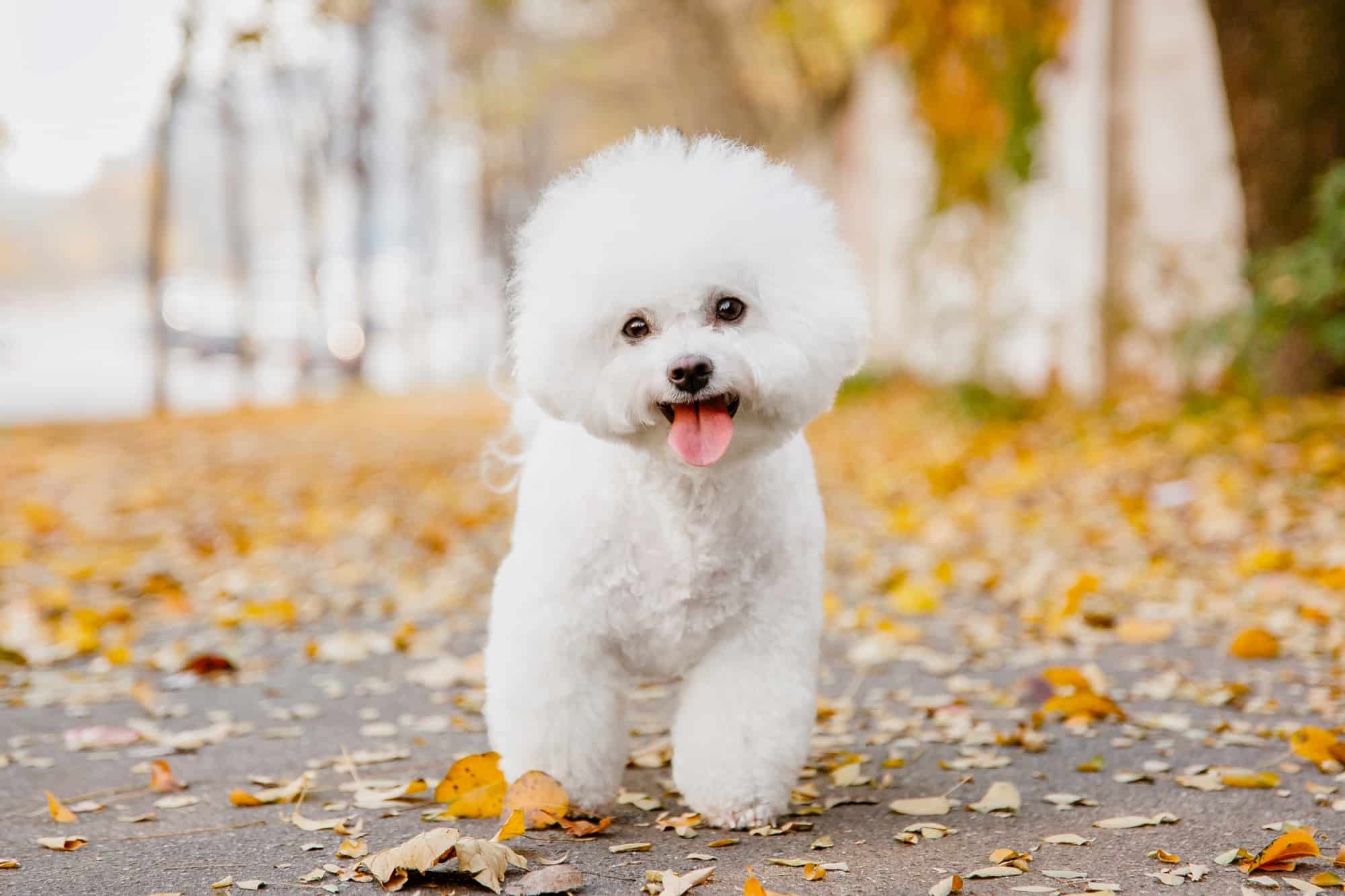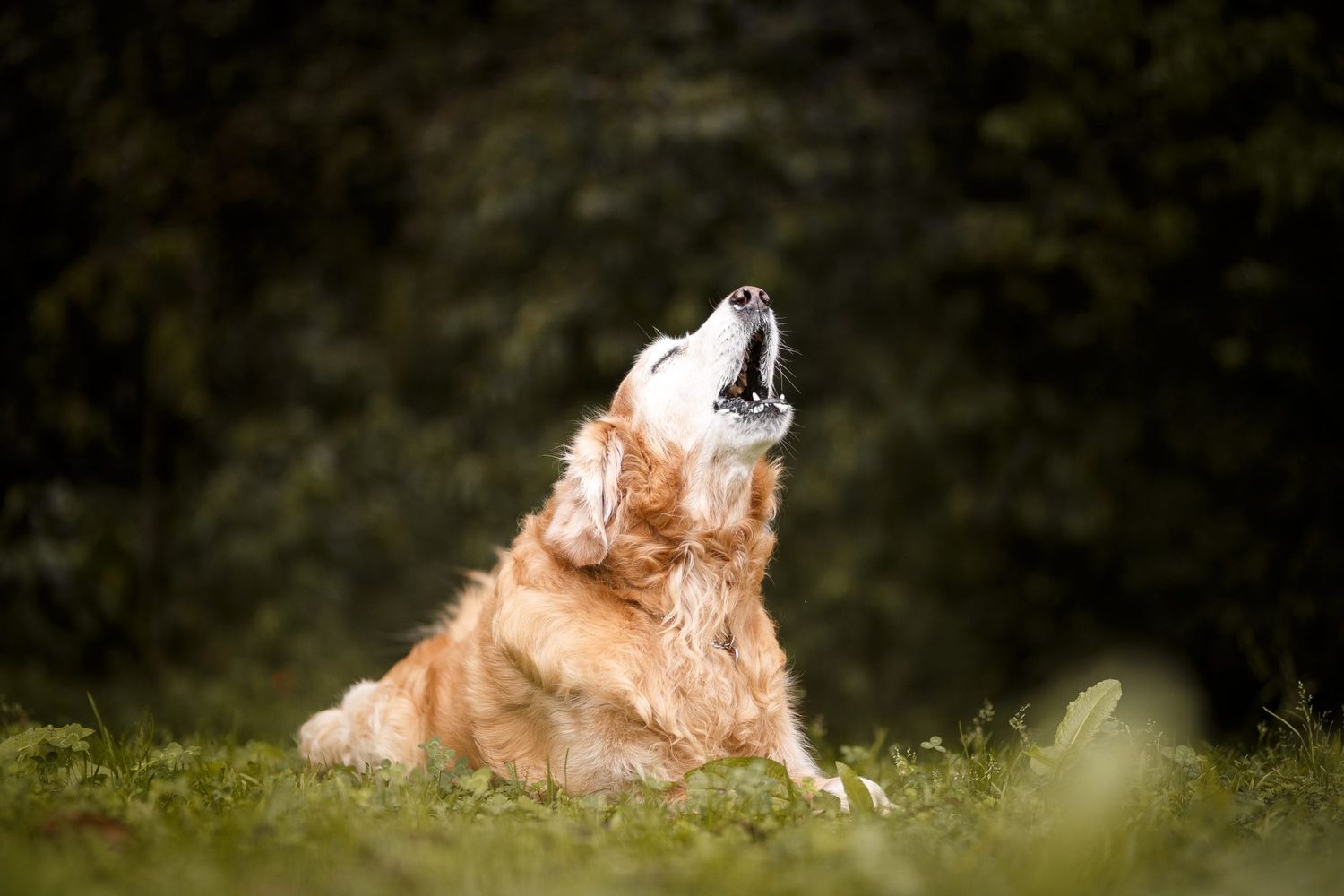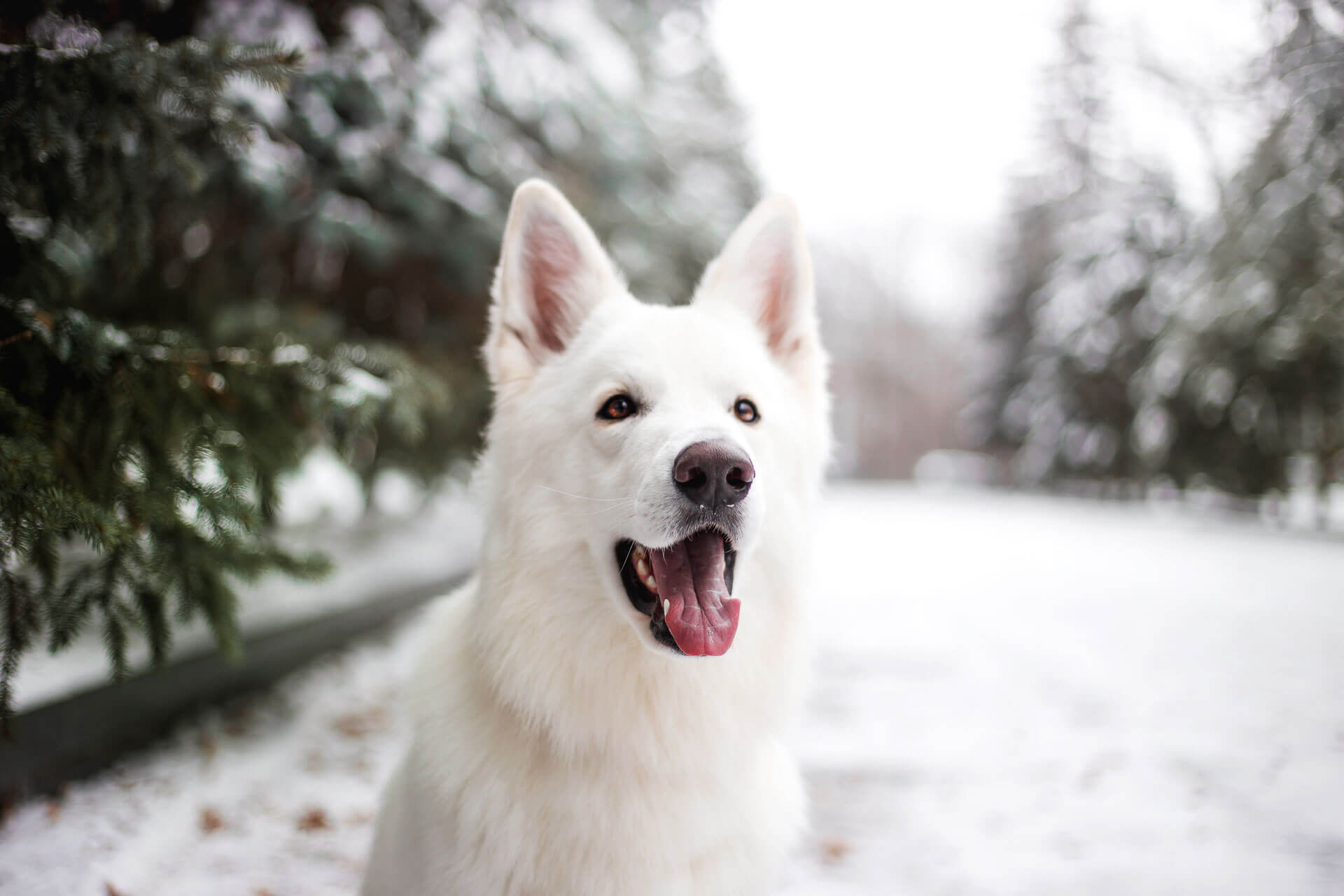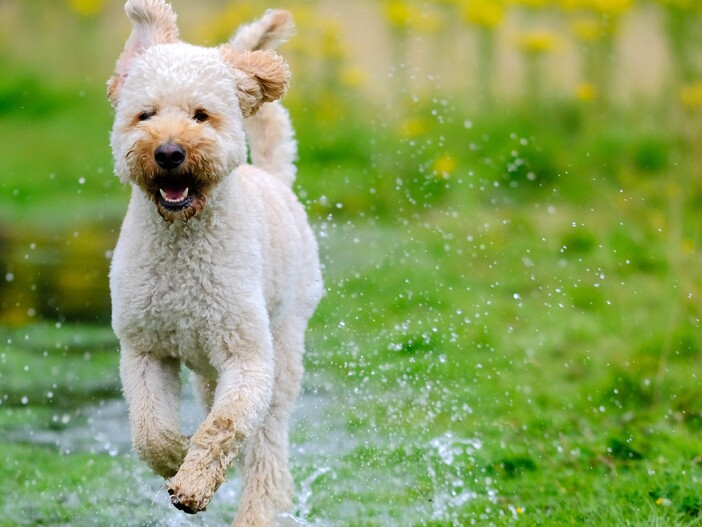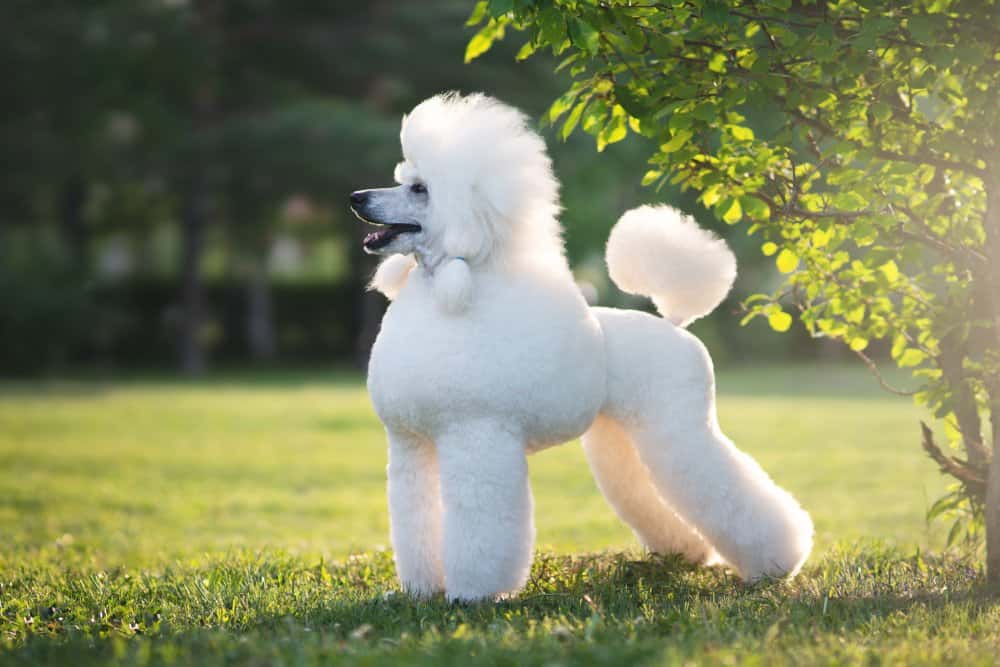Search and rescue dogs are highly trained canines that work with their handlers, teams, and emergency personnel to find and recover people or human remains in different environments.
These dogs are trained to detect human scent and have been known to find people under water, under snow, and under collapsed buildings. They are heroes of the canine world and work with law enforcement, first responders, and rescue teams to conduct searches with precision and have a higher chance of success.
You are reading: 10 Types Of Search And Rescue Dogs
In this article, we will provide an overview of search and rescue dogs, look at what makes a dog the perfect candidate for finding a missing person, and discover how SAR could even help your dog to build confidence and learn a new skill – even if you don’t intend to join a search and rescue team.
We will also explore the top 10 search and rescue dog breeds, their capabilities, and the different types of training provided to SAR working dogs.
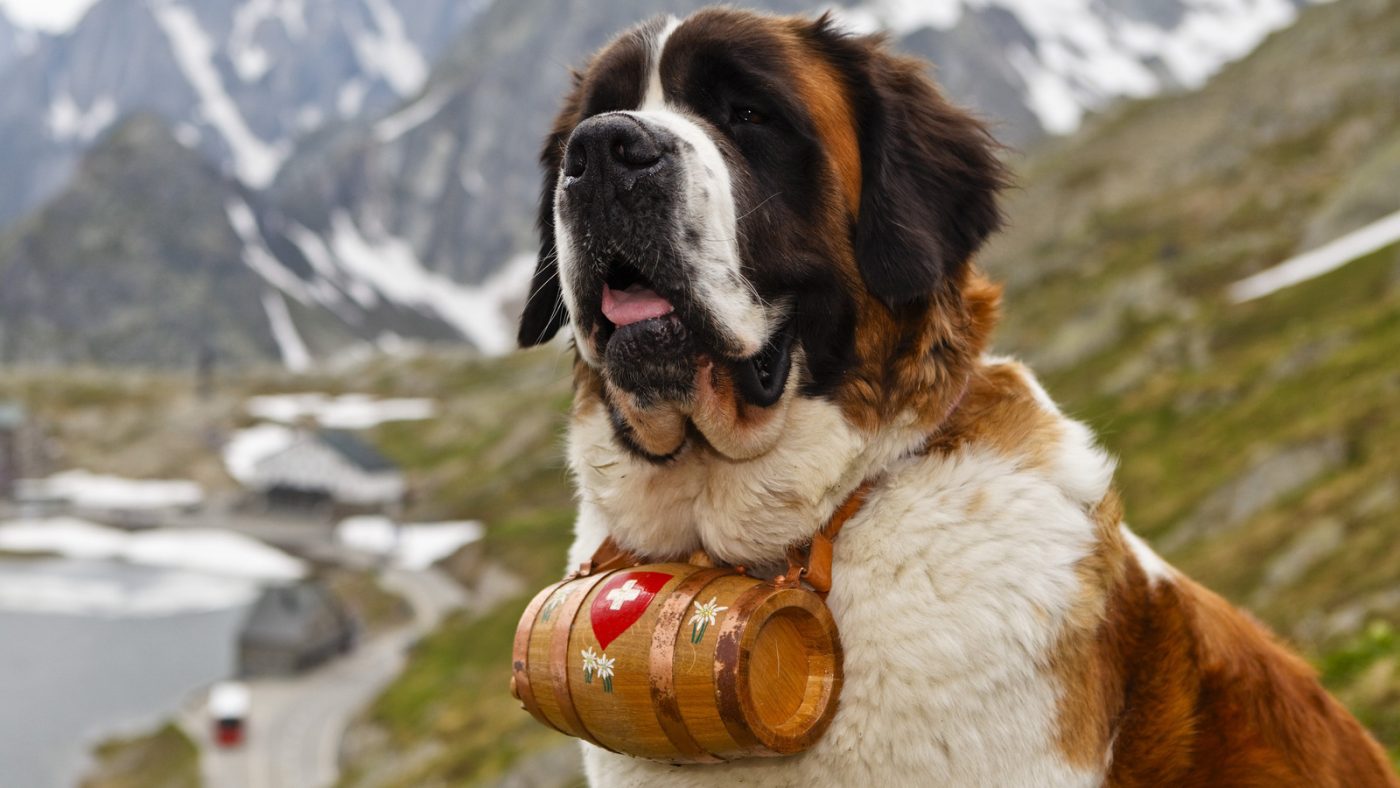
10 Types Of Search And Rescue Dogs
Bloodhound

The Bloodhound is a breed of dog that is well-known for its incredible sense of smell and tracking abilities. They are often used as search and rescue dogs due to their ability to track human scent over long distances.
Bloodhounds are large dogs that can weigh up to 110 pounds and stand up to 27 inches tall at the shoulder. They have long, droopy ears and wrinkled skin, which helps to trap scent particles and enhance their sense of smell.
Bloodhounds are also known for their gentle and affectionate nature, making them great family pets. In search and rescue operations, Bloodhounds are trained to follow a specific scent and can track a person for miles, even if the scent is several days old.
They are often used in missing person cases, as well as in criminal investigations to track suspects who have fled the scene of a crime. Bloodhounds are also used in disaster response efforts to locate survivors in rubble and debris.
Black and Tan Coonhound
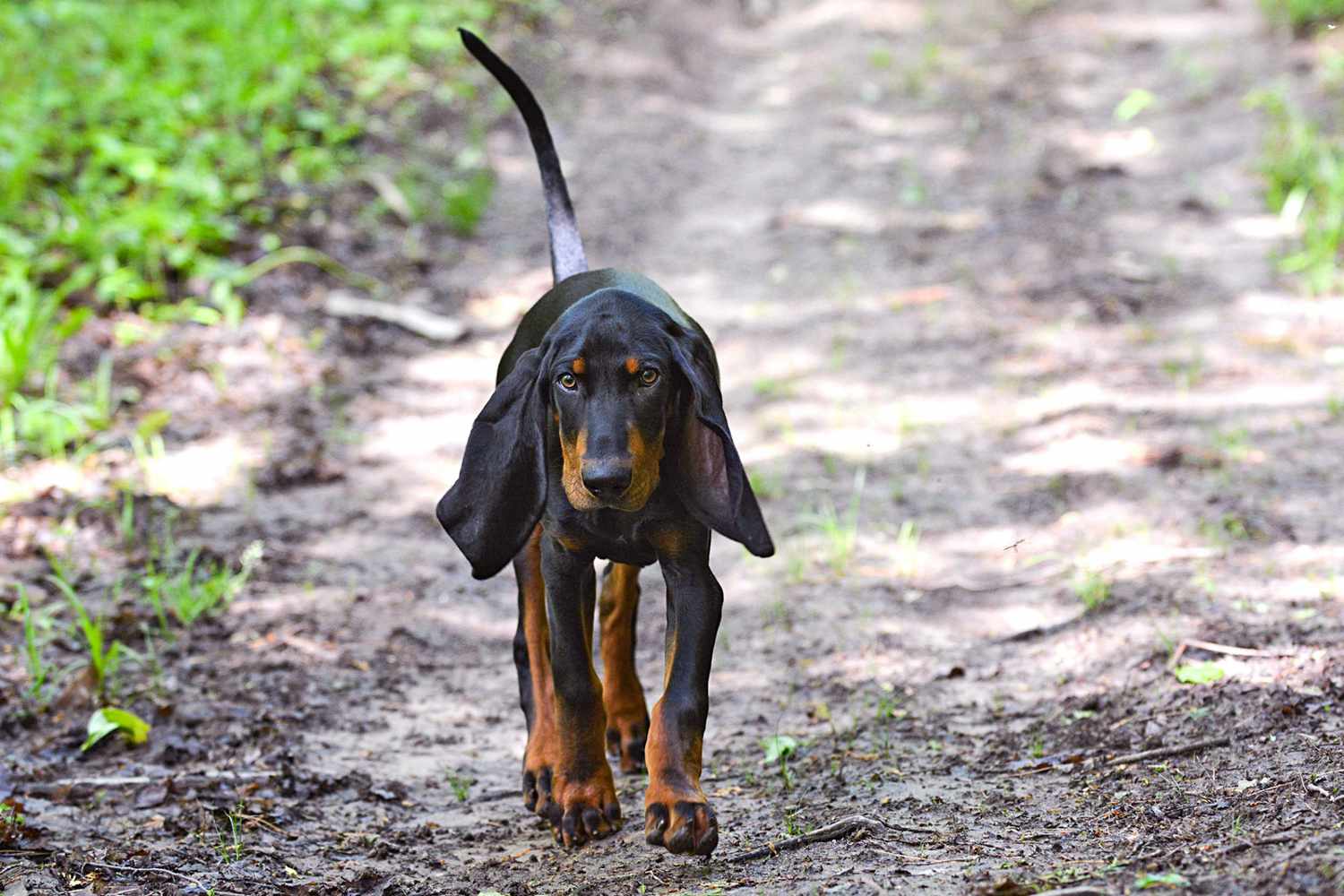
The Black and Tan Coonhound is a breed of hunting dog that was developed in the United States by crossing the Bloodhound and the Black and Tan Virginia Foxhound. This scent hound is primarily used for raccoon hunting and runs its game entirely by scent.
The Black and Tan Coonhound is a large-sized, friendly, and sociable hound dog that is known for its incredibly sensitive scent skills and a sweet, easy-going personality that makes it a great companion. They are intelligent, affectionate, and devoted, but also have an independent streak, which can make training a challenge.
The breed is sturdy, strong, and athletic, and will fit right in with an active family lifestyle. On the other hand, they can also be couch potatoes and love nothing more than a long snooze on the sofa.
The Black and Tan Coonhound is gentle and tolerant with children, but it may be too independent to satisfy a playful child. In 1945, the Black and Tan Coonhound became the first of the six breeds of coonhounds to be recognized by the American Kennel Club, in the Hound Group.
The breed is not widely popular as a companion dog, but it is cherished by those who appreciate its unique abilities and character.
Border Collie
The Border Collie is a medium-sized breed of herding dog that originated in the Anglo-Scottish border region. They were developed to gather and control sheep in the hilly border country between Scotland and England.
The breed is known for its seemingly supernatural amount of energy and stamina, which was developed when they were required to work all day in the hills and valleys of the rugged Scottish border country, sometimes running 50 miles or more a day.
The Border Collie is a muscular but nimble worker that is unspoiled by passing fads. They are intelligent, active, confident, and highly trainable dogs that excel in any activity they try, including sheepdog trials, agility, flyball, advanced obedience, freestyle obedience, or tracking.
The breed is best suited for an owner who is as active as they are, especially one who is eager to get involved in dog sports. With the right training, the Border Collie can be a great companion for an active family lifestyle.
They are extremely affectionate and happy to be part of the pack, but they need guidance on their role. The breed is highly intelligent, learns quickly, and responds well to praise.
Some characteristics of the Border Collie breed are:
– Athletic, medium-sized herders standing 18 to 22 inches at the shoulder.
– A seemingly supernatural amount of energy and stamina.
– Possesses an intense, expressive gaze coming from their almond-shaped eyes.
– Highly intelligent, learns quickly, and responds well to praise.
– Best suited for an owner who is as active as they are, especially one who is eager to get involved in dog sports.
– Extremely affectionate and happy to be part of the pack, but they need guidance on their role.
Beagle
The Beagle is a breed of small scent hound that is similar in appearance to the much larger foxhound. They were originally developed in England for hunting hare, an activity known as beagling.
Beagles are known for their great sense of smell and superior tracking instincts, which make them the primary breed used as a detection dog for prohibited agricultural imports and foodstuffs in quarantine around the world. They are also popular as pets due to their size, good temper, and lack of inherited health problems.
Beagles are small to medium-sized dogs with short, smooth coats that come in a variety of colors, including white, black, brown, and tan. They are friendly, playful, and affectionate dogs that are excellent family pets.
Beagles are intelligent and quick learners, but they can also be independent thinkers and may have a stubborn streak, especially if they catch an intriguing scent during training sessions. Positive reinforcement, especially in the form of tasty treats, works wonders.
This breed’s friendly and affectionate nature extends to other animals, and they make good companions for other dogs and cats, especially if they are raised together from an early age.
Beagles are active, curious dogs that require regular exercise and grooming. They are also hound dogs, so it’s in their nature to roam, and care must be taken to prevent them from wandering off into harm’s way by keeping them contained in a fenced-in yard or on a leash when outside of the house.
Saint Bernard
Read more : Why Does My Dog Lick My Other Dogs Penis?
The Saint Bernard is a breed of very large working dog that originated in the Western Alps in Italy and Switzerland. They were originally bred for rescue work by the hospice of the Great St Bernard Pass on the Italian-Swiss border.
The breed has become famous through tales of Alpine rescues, as well as for its large size and gentle temperament. The Saint Bernard is a powerfully built, muscular dog with a massive head and drooping ears. They stand 26 to 30 inches tall at the withers and weigh 120 to 180 pounds. The breed has a red-brown and white or brindle and white coat that may be either short and dense or medium-long.
The long-haired variety of Saint Bernard was produced by crosses with the Newfoundland dog in the early 19th century. The Saint Bernard is recognised internationally by the Fédération Cynologique Internationale as a Molosser in Group 2, Section 2.
The breed is recognised by The Kennel Club (UK), the Canadian Kennel Club, and the American Kennel Club in the Working Dog group. The United Kennel Club in the United States places the breed in the Guardian Dog Group.
The New Zealand Kennel Club and the Australian National Kennel Council place the breed in the Utility Group. Overall, the Saint Bernard is a gentle, loyal, and affectionate breed, and if socialized should be very friendly. Because of its large adult size, it is essential that proper training and socialization begin while the Saint Bernard is still a puppy, so as to avoid the difficulties that normally accompany training large dogs.
An unruly Saint Bernard may present problems for even a seasoned dog owner. The breed is versatile, good-natured, and a fine choice for the person or family who would like a large but gentle dog with moderate exercise needs.
The Saint Bernard is loving, placid, and slow-moving, making it an excellent companion for families with well-behaved children. They are highly intelligent and easy to train, but training should begin early, while the dog is still a manageable size.
Some characteristics of the Saint Bernard breed are:
– A breed of very large working dog that originated in the Western Alps in Italy and Switzerland.
– Originally bred for rescue work by the hospice of the Great St Bernard Pass on the Italian-Swiss border.
– Powerfully built, muscular dog with a massive head and drooping ears.
– Stands 26 to 30 inches tall at the withers and weighs 120 to 180 pounds.
– Has a red-brown and white or brindle and white coat that may be either short and dense or medium-long.
– The long-haired variety of Saint Bernard was produced by crosses with the Newfoundland dog in the early 19th century.
– Recognised internationally by the Fédération Cynologique Internationale as a Molosser in Group 2, Section 2.
– Recognised by The Kennel Club (UK), the Canadian Kennel Club, and the American Kennel Club in the Working Dog group.
– The United Kennel Club in the United States places the breed in the Guardian Dog Group.
– The New Zealand Kennel Club and the Australian National Kennel Council place the breed in the Utility Group.
– A gentle, loyal, and affectionate breed, and if socialized should be very friendly.
– Highly intelligent and easy to train, but training should begin early, while the dog is still a manageable size.
German Shepherd
The German Shepherd, also known as the Alsatian in Britain, is a breed of working dog that originated in Germany in the late 19th century. The breed was developed by Max von Stephanitz using various traditional German herding dogs from 1899.
German Shepherds are medium to large-sized dogs that are known for their intelligence, loyalty, and protective instincts. They are often used as working dogs in a variety of roles, including police dogs, military dogs, and search and rescue dogs. German Shepherds are moderately active dogs and are described in breed standards as self-assured.
The breed is marked by a willingness to learn and an eagerness to have a purpose. They are curious, which makes them excellent guard dogs and suitable for search missions. They can become overprotective of their family and territory, especially if not socialized correctly. They are not inclined to become immediate friends with strangers.
German Shepherds are one of the most widely used breeds in a wide variety of scent-work roles, including search and rescue, cadaver searching, narcotics detection, explosives detection, accelerant detection, and mine detection dog, among others. They are suited for these lines of work because of their keen sense of smell and their ability to work regardless of distractions.
German Shepherds are smart and easily trained, but training should begin early, while the dog is still a manageable size. Some poorly bred German Shepherds can be high-strung and nervous.
Coupled with poor socialization and inadequate training, over-guarding and aggressive behavior are risks. German Shepherds get along well with children and other pets if raised with them, but in keeping with their guarding instincts, they tend to be leery of strangers.
Here are six types of German Shepherd dogs:
1. American Show Lines
2. West German Show Lines
3. East German DDR Show Lines
4. West German Working Lines
5. Czech Working Lines
6. Slovak Working Lines.
Labrador Retriever
The Labrador Retriever is a breed of gun dog that was developed in the United Kingdom from fishing dogs imported from the colony of Newfoundland. The breed is known for its exceptional intelligence, gentle nature, and versatility.
The Labrador Retriever is a medium to large-sized dog that is bred to retrieve on land and water. They have a soft mouth, fully webbed paws, an otter-like tail, and a waterproof coat, which makes them excellent swimmers and retrievers.
The breed is friendly, outgoing, and high-spirited, and they make great companions for families with children and other pets. They are also used as working dogs in a variety of roles, including police dogs, military dogs, and search and rescue dogs.
Labrador Retrievers are highly trainable and excel in numerous jobs, including guide dogs for the blind, therapy animals, and detection dogs for explosives and illicit drugs. They are also used in search and rescue missions.
The breed is generally healthy, but there are some potential health issues that owners should be aware of. Labrador Retrievers have a double coat that repels water, and they shed a lot, so frequent brushing is required. They are highly energetic and require lots of exercise and attention to make them happy.
Labrador Retrievers are considered moderate barkers and are not known for digging in the yard. They are generally not aggressive and are very affectionate toward children, other pets, and even strangers.
Some characteristics of the Labrador Retriever breed are:
– A breed of gun dog that was developed in the United Kingdom from fishing dogs imported from the colony of Newfoundland.
– Known for its exceptional intelligence, gentle nature, and versatility.
– A medium to large-sized dog that is bred to retrieve on land and water.
– Has a soft mouth, fully webbed paws, an otter-like tail, and a waterproof coat, which makes them excellent swimmers and retrievers.
– Friendly, outgoing, and high-spirited, and they make great companions for families with children and other pets.
– Highly trainable and excel in numerous jobs, including guide dogs for the blind, therapy animals, and detection dogs for explosives and illicit drugs.
– Generally healthy, but there are some potential health issues that owners should be aware of.
– Have a double coat that repels water, and they shed a lot, so frequent brushing is required.
– Highly energetic and require lots of exercise and attention to make them happy.
– Considered moderate barkers and are not known for digging in the yard.
– Generally not aggressive and are very affectionate toward children, other pets, and even strangers.
Belgian Malinois
The Belgian Malinois is a breed of medium-sized herding dog from Belgium. It is bred in four distinct varieties based on coat type and color, and the Malinois variety was said to be the first variety to breed true to type. The breed is known for its strength, stamina, and loyalty, and it has become increasingly popular with customs, military, border guard, and police forces.
Belgian Malinois are often mistaken for German Shepherds, but they are actually a different breed. They are smaller and lighter than German Shepherds, and they have a shorter coat.
Belgian Malinois are high-energy dogs that thrive on physical activity. They possess remarkable stamina and require regular exercise to keep them mentally and physically stimulated.
The Belgian Malinois is a great pet and is good with children if socialized well with them. This breed needs to be part of the family and not locked up in a kennel. They need leadership, daily exercise along with training and companionship, for without it they may become destructive and hard to handle.
The Belgian Malinois is high energy, with a high mental capacity, and is quick to comprehend. It needs a job to do, especially if you are dealing with working lines.
The Belgian Malinois is considered by many dog experts to be a capable watchdog and protection dog. According to widely accepted generalizations about the breed, the Belgian Malinois is intelligent, it relishes mental and physical challenges, it is playful and energetic (without being hyperactive), and it does not give up easily—although individual dogs may differ.
Read more : How Long After Applying K9 Advantix Can I Touch My Dog?
The Belgian Malinois is valued by police departments and militaries for its strength and stamina, its dexterity, its loyalty, and its eagerness to please. The breed is inherently protective of its owner and family and makes great protection dogs, protecting both the owners and their families.
They’ll be quick to alert you in case any intruder approaches your home or property with loud barking. They might also attack the intruder if they get too close. The short, dense coats of the Belgian Malinois require little maintenance compared to other breeds, making them a great choice for people with busy schedules who don’t have time to regularly wash and brush their dogs’ coats.
However, Belgian Malinois have a mind of their own and are sometimes strong-willed and stubborn and will blatantly ignore your commands. This stubbornness is most common when you leave them cooped up in their kennels all day long.
This is a way to express their displeasure for leaving them alone without activity. If your pup doesn’t respond to commands or learn new tricks despite your persistent effort, it might need professional training.
Some characteristics of the Belgian Malinois breed are:
– A breed of medium-sized herding dog from Belgium.
– Bred in four distinct varieties based on coat type and color, and the Malinois variety was said to be the first variety to breed true to type.
– Known for its strength, stamina, and loyalty.
– Has become increasingly popular with customs, military, border guard, and police forces.
– Often mistaken for German Shepherds, but they are actually a different breed.
– Smaller and lighter than German Shepherds, and they have a shorter coat.
– High-energy dogs that thrive on physical activity.
– Possess remarkable stamina and require regular exercise to keep them mentally and physically stimulated.
– Considered by many dog experts to be a capable watchdog and protection dog.
– Intelligent, relishes mental and physical challenges, playful and energetic (without being hyperactive), and does not give up easily.
– Valued by police departments and militaries for its strength and stamina, dexterity, loyalty, and eagerness to please.
– Inherently protective of its owner and family and makes great protection dogs, protecting both the owners and their families.
– Short, dense coats require little maintenance compared to other breeds.
– Mind of their own and are sometimes strong-willed and stubborn and will blatantly ignore your commands.
– High energy, with a high mental capacity, and is quick to comprehend.
– Needs a job to do, especially if you are dealing with working lines.
Basset Hound
The Basset Hound is a medium-sized hound dog that is known for its distinctive features, including its long, droopy ears, wrinkled forehead, and sad-looking eyes.
The breed is deeply rooted in hunting, and its development can be traced back to France in the 16th century. The word “Basset” is derived from the French word “bas,” meaning low, which aptly describes the breed’s characteristic short stature.
Their short legs are a result of a form of dwarfism called achondroplasia, and this unique physical feature has been a defining trait throughout their history.
The Basset Hound is a friendly, easygoing dog that makes a great family pet. They are gentle and affectionate dogs that get along well with children and other pets.
Bassets are people-oriented and tend to be good with other dogs. They are fairly smart dogs, but they are not easy to train as they are somewhat stubborn. A firm, patient hand with plenty of creativity is required to bring out the best in them.
Bassets can be serious barkers and with their sturdy feet and nails, they tend to be diggers. The breed is generally calm and easygoing, saving its energy for the hunt or the race to the dinner bowl. Its laid-back approach to life can make training a challenge, as it generally refuses to do anything quickly.
Nor is it a fighter, for it is typically friendly toward strangers, other dogs, and other pets. In other words, though it is a decent watchdog, it is not a guard dog.
The Basset Hound is a low-maintenance dog, requiring only moderate exercise. They have a nice short, tight coat, with no long hair on legs or tail. Colors most commonly seen are tricolor or red and white, but any hound color is acceptable.
The breed is known for its excellent sense of smell and tracking abilities, and while they are no longer commonly used for hunting, these abilities remain intact.
Over the years, the Basset Hound’s endearing features and amiable personality have made them one of the most recognizable and beloved dog breeds worldwide.
Here are some characteristics of the Basset Hound breed:
– A medium-sized hound dog with a long, low body and short legs.
– Known for its distinctive features, including its long, droopy ears, wrinkled forehead, and sad-looking eyes.
– Deeply rooted in hunting, and its development can be traced back to France in the 16th century.
– The word “Basset” is derived from the French word “bas,” meaning low, which aptly describes the breed’s characteristic short stature.
– Their short legs are a result of a form of dwarfism called achondroplasia, and this unique physical feature has been a defining trait throughout their history.
– A friendly, easygoing dog that makes a great family pet.
– Gentle and affectionate dogs that get along well with children and other pets.
– People-oriented and tend to be good with other dogs.
– Fairly smart dogs, but they are not easy to train as they are somewhat stubborn.
– A firm, patient hand with plenty of creativity is required to bring out the best in them.
– Can be serious barkers and with their sturdy feet and nails, they tend to be diggers.
– Generally calm and easygoing, saving its energy for the hunt or the race to the dinner bowl.
– Laid-back approach to life can make training a challenge, as it generally refuses to do anything quickly.
– Not a fighter, for it is typically friendly toward strangers, other dogs, and other pets.
– Low-maintenance dog, requiring only moderate exercise.
– Have a nice short, tight coat, with no long hair on legs or tail.
– Colors most commonly seen are tricolor or red and white, but any hound color is acceptable.
– Known for its excellent sense of smell and tracking abilities.
– While they are no longer commonly used for hunting, these abilities remain intact.
– One of the most recognizable and beloved dog breeds worldwide.
Newfoundland
The Newfoundland is a large breed of working dog that originated from the island of Newfoundland, modern-day Canada. They can be black, grey, brown, or black and white, but before Newfoundland became part of the confederation of Canada, only black and Landseer colored dogs were recognized.
The breed is known for its calm and docile nature, strength, and loyalty, and it is often referred to as “the gentle giant.” The Newfoundland is the provincial mammal of Newfoundland and is recognized by international kennel clubs as having a sweet temper. They are very loyal, have a mild nature, and make great working dogs.
Newfoundlands are ideal companions in the world of therapy and are often referred to as “nanny dogs.” The breed is good with other animals, but its size can cause problems if it is not properly trained.
The Newfoundland is a large dog that requires space and would be happier in a roomier environment rather than a small apartment. While they have a mellow demeanor, they still need regular exercise and mental stimulation.
Engaging in training and dog sports can be an ideal way to channel their working abilities. The breed is known for drooling excessively, so if you’re not fond of dog slobber, the Newfoundland may not be the best choice for you.
The Newfoundland possesses a sweet and lovable disposition, high intelligence, and a strong desire to please its family. They thrive when in the company of their owners and are great with children.
The breed is also known for its excellent swimming abilities and is considered one of the most powerful water dogs in the world.
Here are some characteristics of the Newfoundland breed:
– A large breed of working dog that originated from the island of Newfoundland, modern-day Canada.
– Can be black, grey, brown, or black and white, but before Newfoundland became part of the confederation of Canada, only black and Landseer colored dogs were recognized.
– Known for its calm and docile nature, strength, and loyalty, and it is often referred to as “the gentle giant”.
– The provincial mammal of Newfoundland and is recognized by international kennel clubs as having a sweet temper.
– Very loyal, have a mild nature, and make great working dogs.
– Ideal companions in the world of therapy and are often referred to as “nanny dogs”.
– Good with other animals, but its size can cause problems if it is not properly trained.
– A large dog that requires space and would be happier in a roomier environment rather than a small apartment.
– While they have a mellow demeanor, they still need regular exercise and mental stimulation.
– Engaging in training and dog sports can be an ideal way to channel their working abilities.
– Known for drooling excessively, so if you’re not fond of dog slobber, the Newfoundland may not be the best choice for you.
– Possesses a sweet and lovable disposition, high intelligence, and a strong desire to please its family.
– Thrives when in the company of their owners and is great with children.
– Known for its excellent swimming abilities and is considered one of the most powerful water dogs in the world.
FAQS
1. What breeds of dogs are best for search and rescue?
The best breeds for search and rescue are intelligent, trainable dogs who have powerful scent and tracking abilities. Some of the most common breeds used for search and rescue include German Shepherds, Labrador Retrievers, Belgian Malinois, Bloodhounds, and Saint Bernards.
2. What is the difference between air-scenting and trailing dogs?
Although all search and rescue (SAR) dogs depend on their sense of smell, they are distinguished as either air-scenting or trailing dogs. Air-scenting dogs detect human scent that is airborne and often work off-lead to cover large areas of land. They are usually non-scent-discriminating, meaning that they detect scent from any human as opposed to a specific person. Trailing dogs, on the other hand, catch one individual human odor and track it, through distractions, vast distances, and different terrains, in order to find a particular lost person.
3. Why are dogs used for search and rescue work?
Dogs are used for search and rescue work because of their incredible sense of smell and tracking abilities. They can cover large areas of land quickly and efficiently, and they can detect scents that humans cannot. Additionally, dogs are loyal and eager to please their human partners, making them ideal for search and rescue work.
4. What kind of training do search and rescue dogs receive?
Search and rescue dogs receive specialized training depending on the type of search they will be performing. Some common types of training include detecting human remains, finding missing people, searching for dead and living people after earthquakes, fires, or other disasters, searching the water for dead or living people, tracking fugitives by their scent, and locating guns, bombs, or drugs.
5. Can any dog be trained for search and rescue work?
While any dog can be trained for search and rescue work, some breeds are better suited for the job than others. Breeds that are intelligent, trainable, and have powerful scent and tracking abilities are typically the best candidates for search and rescue work. However, it’s important to note that not all dogs have the temperament or physical ability to perform search and rescue work.
Source: https://petstutorial.com
Category: DOGS


